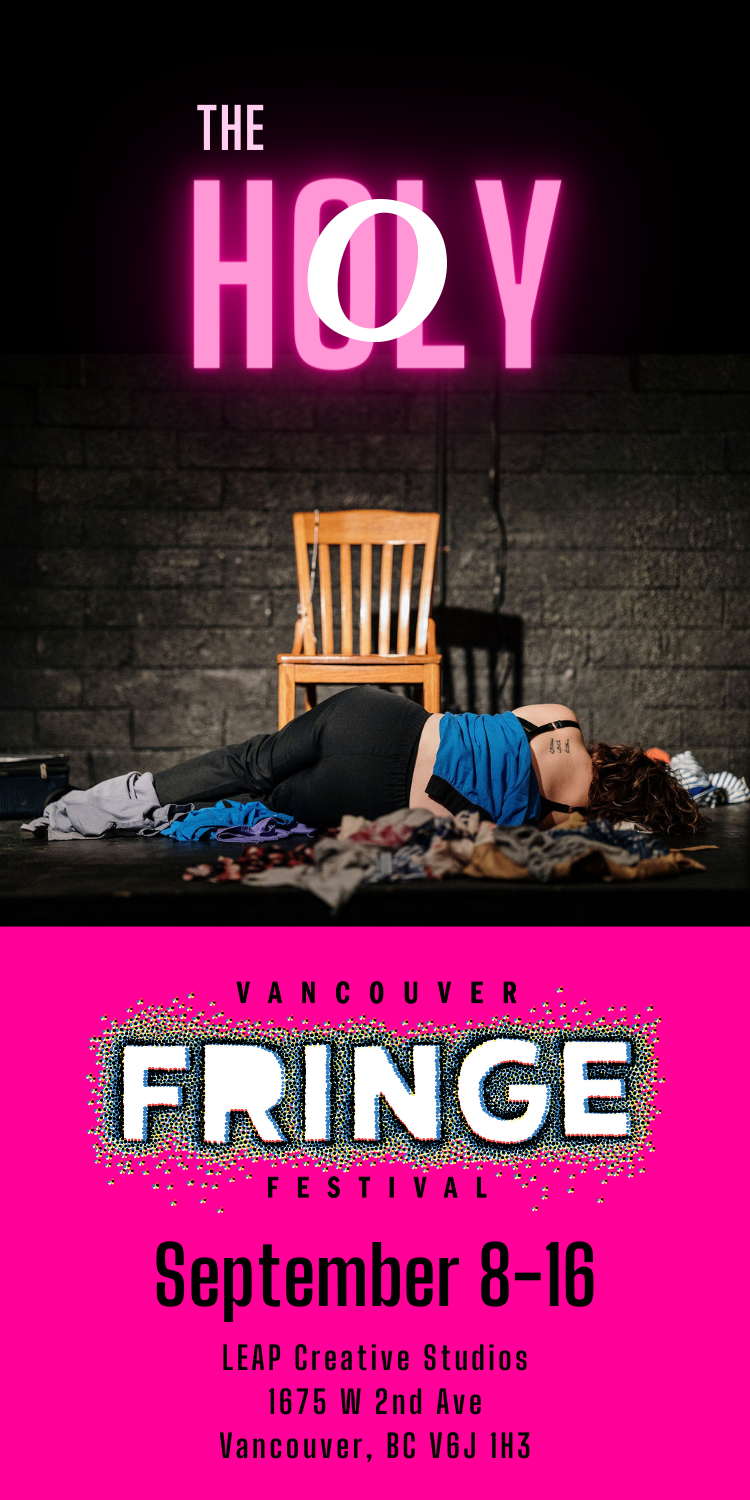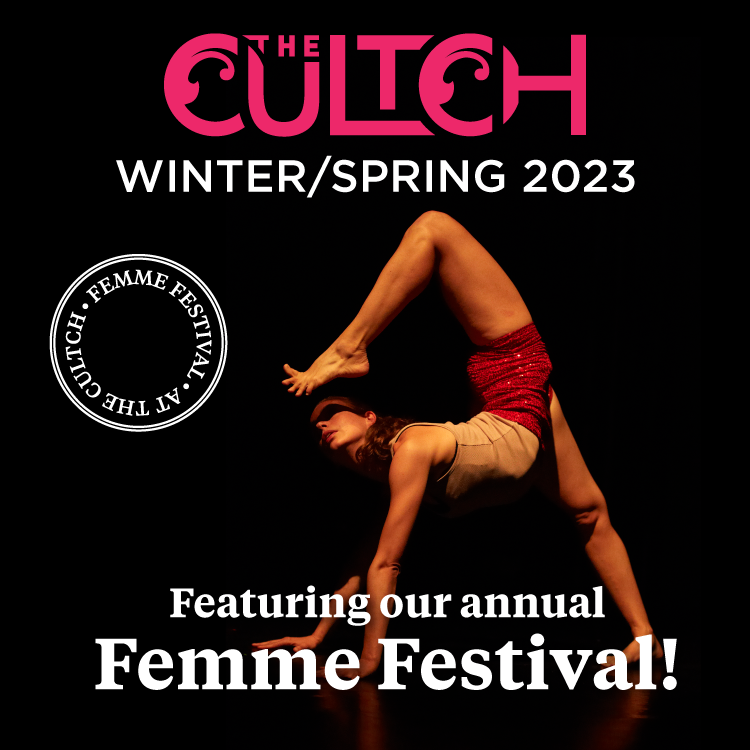If you grew up in the early 2000s, bimbos were all the craze. From Mean Girls to House Bunny to Legally Blonde, these pink-clad, short-skirted, blonde, white women were everywhere. I remember being hypnotized by these characters as a child. I would flip through the channels and any glimpse of pink and sparkles would suck me in for an impromptu movie marathon. In the girls’ changing room, teen girls would quote them like they were gospel scriptures. But, to be the actual character would make you an outcast, especially in neoliberal societies where being a cold-hearted independent girlboss has become the ideal. Nobody could get enough of the bimbo though; but how did these women become symbols of social change in 2020? And were they always at the forefront of social and political changes?
TikTok has resurrected the bimbo with some changes, of course — they’re now anti-capitalist, racially diverse, gender-fluid feminists. There have been many articles written on the New Age Bimbo; Morgan Sung for Mashable wrote about the intersectional and leftist nature of TikTok bimbos and Michelle Santiago Cortés for Refinery29 also wrote about the way New Age bimbos reject the patriarchy. However, the history of the bimbo and current model of bimbofication has always been white-centred and American focused.
In the late 80s and early 90s, the bimbo represented hyper-femininity and hyper-consumerism — they were only known for two things: spending their dad’s money and attracting the wandering eyes of rich men. In recent years, subversion of this stereotype has been more popular than the actual embodiment of this stereotype. As a result, we must look at the social and political realities of the bimbo character and how as the world changes and evolves, the bimbo does too.
London Tipton (Brenda Song) from Suite Life of Zack and Cody holds a special place in most millennials’ hearts — she was one of the rare, non-stereotypical Asian characters on television in the early 2000s. Suite Life of Zack and Cody and it’s spin-off, Suite Life on Deck, followed identical twin brothers, Zack and Cody Martin (played by Cole and Dylan Sprouse), as they live inside a luxury hotel, The Tipton, and later in its spinoff, aboard the S.S.Tipton, a boarding school on a cruise ship. London Tipton is the socialite daughter of Wilfred Tipton, a multi-billionaire and the owner of the Tipton Hotel chains and the S.S. Tipton. In an article for Teen Vogue, Rachel Yang writes: “Unintelligent Asians are smart for television, shattering tired stereotypes and showing that there are plenty of ways to be Asian.” Yang contends that characters like London Tipton “help break down the model minority myth without perpetuating the otherness of Asian people.” In the Suite Life, the jokes written for Tipton are smart and they’re delivered with a quick, sassy tongue and without a racialized punchline in sight.
Kareena Kapoor brought the bimbo to Bollywood with her electrifying and memorable portrayal as Pooja Sharma, or iconically known as Poo, in Kabhi Khushi Kabhie Gham. Even 20 years later, her famous “tell me how it was” and “pretty hot and tempting” lines are a favourite in young South Asian feminist circles. Kabhi Khushi Kabhie Gham tells the story of Rahul Raichand (Shah Rukh Khan), the adopted older son of a rich couple who banished after marrying below his class, and his reunion with his brother, Rohan Raichand (Hrithik Roshan) years later. Poo is the younger sister of Rahul’s wife, Anjali. For many South Asian women, including myself, there is pressure to be chaste, modest, and demure. As a bold fashionista studying at King’s College, Poo was a sexually liberated confident woman who wasn’t afraid to be herself — some might argue that she is the antithesis to the “perfect” brown daughter. In one scene, Anjali complains about the strange looks that Poo receives at the Hindu temple for wearing “strange black clothes” and berates her by saying “why couldn’t you wear decent clothes today at least?” Without missing a beat, Poo responds “If everyone was staring at me, instead of God then it’s not my problem.”
Himbos, or male bimbos, have gained prominence in the media today as well. The himbo rejects hegemonic masculinity and cultivates an image of positive femininity in men. But, white himbos and POC himbos exist for different reasons. Characters like Kronk from Emperor’s New Groove, Bow from She-Ra, and Jason Medoza from The Good Place are a few examples of himbos of colour who are athletic, socially intelligent , tender, and sweet. Troy Barnes (Donald Glover) in the hit series, Community, was one of the few positive Black himbos, and more importantly, one of the few Black men on television that wasn’t fetishized for their bodies. Community follows a group of students in a study group at Greendale Community College; a former high school star quarterback, Barnes is one of those students. Gloria Jean Watkins, better known as bell hooks, argues in “We Real Cool: Black Men and Masculinity”, “Yet fearful or not, it has really been mainstream white culture that both requires and rewards black men for acting like brutal psychopaths, that rewards them for their will to do horrific violence” and “Showing aggression is the simplest way to assert patriarchal manhood. […] all men living in a culture of violence must demonstrate at some point in their lives that they are capable of being violent.” The Black himbo counteracts this stereotype: by being physically fit, but refusing to engage in any form of violence on screen, they set up a new standard. Glover as Troy is physically attractive and athletic, but the show rarely had the character commit violence or exploited him sexually to satisfy the white gaze. In an after-credit scene, Barmes and Abed Nadir (Danny Pudi) are discussing their porn names which they derived from putting together the name of their elementary school and their favorite soft drink. The absurdity of the situation is further emphasized when a pizza man walks in, referencing a trope of porn narratives, and both Barnes and Nadir quickly get up and leave. As a result, Barnes rejects being sexualized and resists the long-standing tradition of treating black men as an object.
I don’t think racialized bimbos are absolute perfect representation, there’s definitely a complexity to their depiction. But, that’s what I think makes good storytelling and I want messy imperfect characters where people of colour are flawed human beings who mess up their personal lives. The New Age bimbo isn’t the first time people of colour were represented as social conscious bimbo/himbos, but rather young teenagers and adults are following suit after all the inspirational POC characters they’ve seen on screen. As much as I loved watching early 2000s bimbos and himbos, the fatphobia and emphasis on whiteness pushed my insecurities to the front. I couldn’t get away with having a high pitched voice and making sassy remarks as easily as my white counterparts. On the other hand, I couldn’t ignore injustices like white bimbos and be carefree. The constant ringing of “you dress like a white person” whenever I copied fashion trends by my favourite POC designers that weren’t popular enough was a rude awakening.
Like many things, people of colour are at the forefront of changing the narrative, but rarely are they given any recognition. I, for one, will continue to take comfort in these characters, but, most importantly, I will take up space boldly, confidently, and unapologetically as racialized bimbos do.




